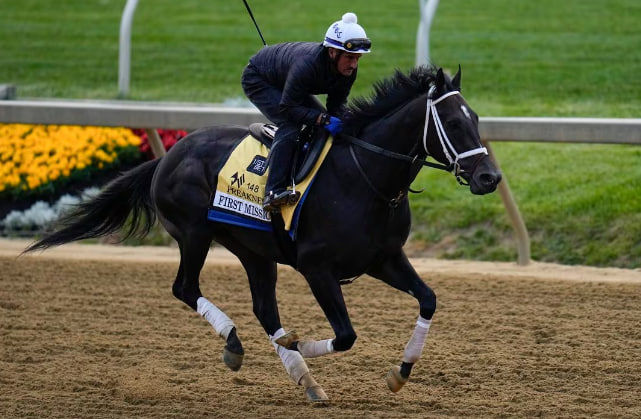As the Triple Crown approaches, the excitement and anticipation are palpable. The Preakness Stakes, a beloved event, attracts crowds year after year, creating an electrifying atmosphere for both spectators and bettors alike. If you’re gearing up to place bets on the Preakness Stakes, the desire to win is likely burning within you. Winning in horse race betting requires strategic approaches and a wealth of information. To enhance your chances, it’s crucial to consider specific concepts unique to the Preakness Stakes when handicapping the second leg of the Triple Crown.
The Distance of the Preakness Stakes
Known as the “middle jewel” of the Triple Crown, the Preakness Stakes serves as the second leg in the series, covering a distance of a mile and 3/16. This distance distinguishes it from the Kentucky Derby, which takes place two weeks prior and is slightly longer.
Understanding the significance of the race distance is crucial, as it directly impacts the horses’ ability to handle the competition. The Preakness Stakes distance poses fewer questions about the entrants’ capability to handle the specific mile and 3/16 length. However, this aspect becomes a more serious concern when looking ahead to the third leg of the Triple Crown, the Belmont Stakes.
The mile and a half distance of the Belmont Stakes has historically proven challenging for entrants. While the Kentucky Derby introduces elements like traffic and troubled trips, the focus shifts to evaluating how a horse navigates the unique conditions of each race. In contrast, the Preakness Stakes, while less concerning than the Belmont Stakes, still holds significance in assessing a horse’s racing distance capabilities.
In essence, the Preakness Stakes‘ distance, though not as daunting as the Belmont, remains a pivotal factor in evaluating the entrants’ performance and determining their suitability for the specific challenges posed by the race.

Preakness Stakes Schedule
Imagine the physical strain of running a mile in each of the three events of the Triple Crown—exhausting, isn’t it? The scheduling of these races is a critical factor in the quest for the Triple Crown. While the ideal rest period between races varies for individual horses, elite equine competitors often participate in fewer than 10 races per year.
Typically, thoroughbreds have a rest period of three weeks to a month between races. However, Triple Crown contenders face the challenge of competing in three demanding races within a five-week span. This includes a two-week interval between the Kentucky Derby and the Preakness Stakes, followed by a three-week gap before the Belmont Stakes.
Over the years, participants aiming for the Triple Crown have developed various strategies to navigate this demanding schedule. A common approach involves a horse running in the Kentucky Derby, skipping the Preakness, and then competing in the Belmont Stakes. However, there are other combinations and strategies employed. Considering the rested state of horses becomes crucial in this context.
Examining a horse’s past performances provides insights into its typical turnaround time between races and how it has performed under a rigorous schedule. It’s worth noting that the quick turnaround from the Derby to the Preakness, with a two-week interval, adds an extra layer of difficulty to the competition.
Weather and Track Condition
The influence of weather on horse races, as witnessed in the 2013 Kentucky Derby, cannot be understated. Horses, being highly sensitive creatures, are significantly affected by both weather conditions and track surfaces. Owners and trainers carefully avoid exposing promising horses to inclement weather or sloppy tracks.
When handicapping the Preakness Stakes, considering the potential impact of adverse weather conditions becomes crucial. Evaluating a horse’s ability in such conditions involves examining its past performances. This analysis may reveal whether the horse has experience on muddy or sloppy tracks and whether it has demonstrated confidence in these circumstances.
Conclusion
Betting on the Preakness Stakes comes with inherent risks, and being aware of the factors that can affect a horse’s performance is essential. Handicapping allows bettors to assess various elements and anticipate potential outcomes, providing valuable insights and positioning them strategically for the upcoming event.


